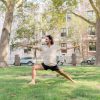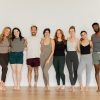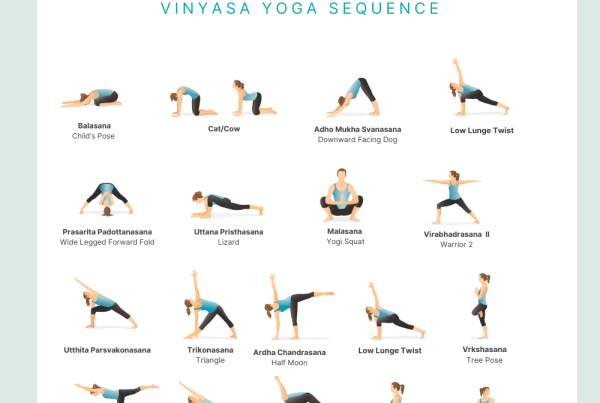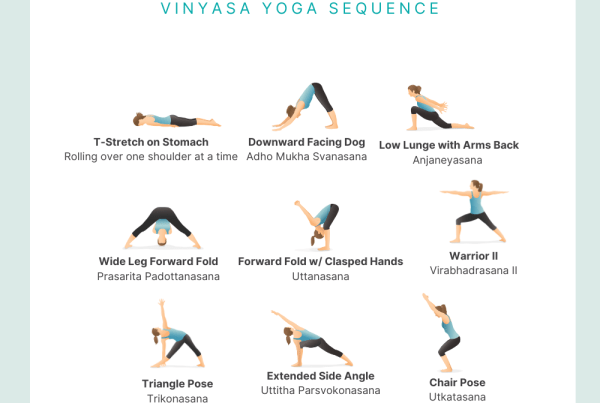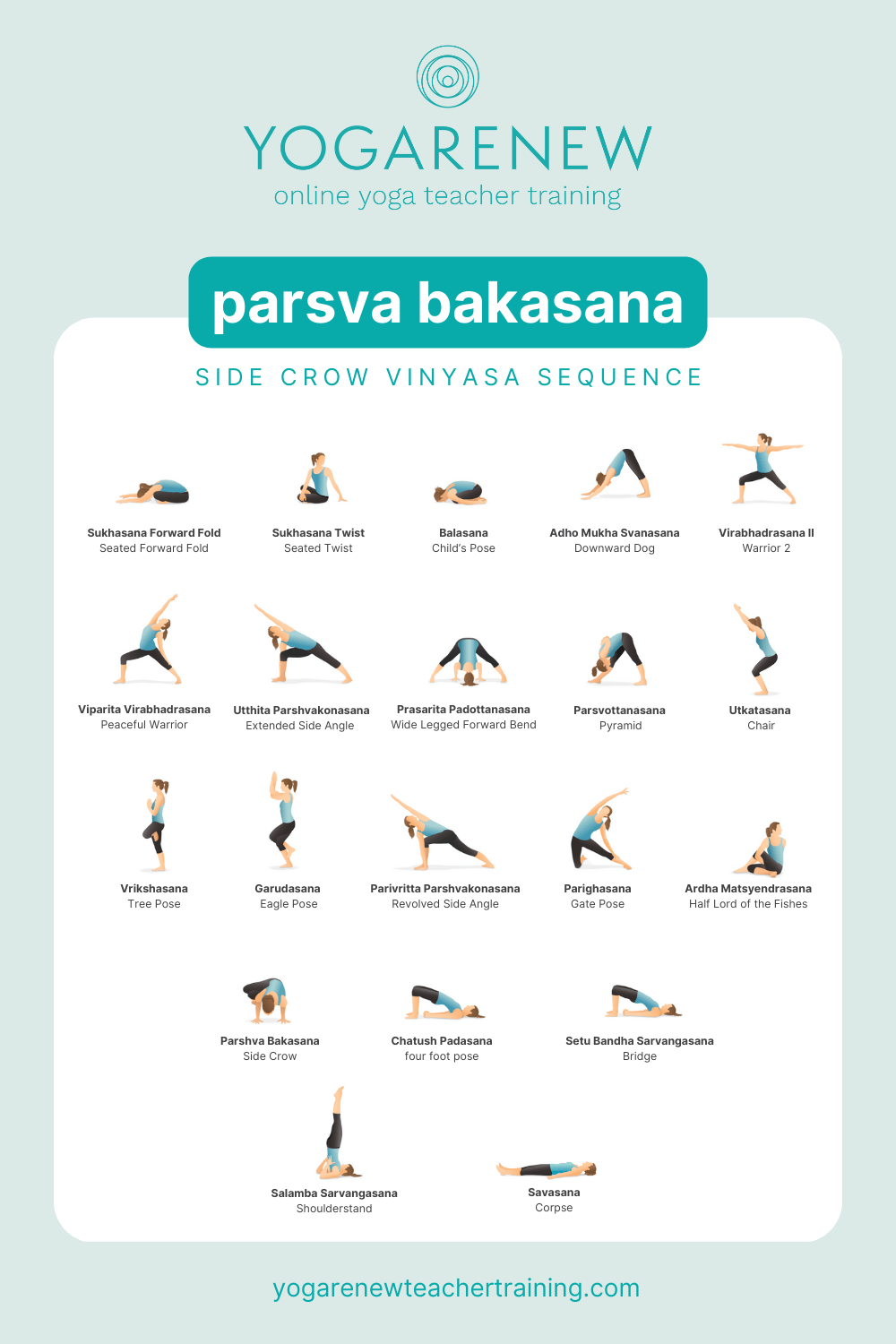
Parsva Bakasana, which is translated as Side Crow, is an arm balance. Parsva is translated as “side” and Baka is translated as “crane” or “crow.” This pose is a revolved arm balance with the knee and outer thigh resting on the tricep. It’s interesting that the pose is named “parsva” or “side” crow instead of “parivrtta” or revolved crow. The Sanskrit translation provides some information that the “Side” of the body is a key action required to work on the pose. In fact, lengthening the side before and even after deep twisting is a great way to approach revolved poses in general.
Arm balances, as a category of poses, develop lightness, strength, and agility in the entire body. Specifically, the wrists, arms, shoulders, abdomen, and back are toned and strengthened. Flexibility and mobility are required in the hips, shoulders, and spine. Additionally, these poses require mental focus, concentration, and coordination. Ultimately, in order to take flight, the body and mind need to operate in unison.
Side crow specifically requires spinal rotation, hip flexion, and upper body strength. When I sequence a class leading up to Side Crow I typically focus on side bending, twisting, and hip flexion. Poses like seated spinal twist, child’s pose, extended side angle, and revolved side angle are typically always included. These are essential poses that help teach the actions required to perform the pose.
In this sequence, we utilize poses like child’s pose, extended side angle, peaceful warrior, and gate pose lengthen and open the side body. The side body, the space from the outer hips to arm pits, is key when preparing for deep twisting. Revolved side angle and Ardha Matsyendrasana not only prepare the body for the deep twist required in side crow but also teach the placement of the upper arm across the outer thigh. In addition, almost all of the poses have a deep bend of the knee and hip which need to be maintained while twisting deeply before taking flight.
At this point you should be ready to work on side crow. Remember, especially when working on arm balances, that the essence of yoga is in the journey and the work, not in the end result. Start squatting down with the feet and knees together. When you are ready, start to twist and hook your elbow across the opposite knee and thigh. Place both palms flat, shift your weight over your hands and (if ready) take flight. Unwind and give the other side a shot.
We start the Wind Down portion of class with a couple backbends – Chatush Padasana and Setu Bandha Sarvangasana before moving towards final relaxation, Savasana.
Puttering/Warm-Up:
- Sukhasana Forward Fold
- Sukhasana Twist
- Child’s Pose
- Downward Dog
Standing Poses:
- Warrior 2
- Peaceful Warrior
- Extended Side Angle
- Prasarita Padottanasana
- Parsvottanasana
- Utkatasana
Balance Poses:
- Tree Pose
- Eagle Pose
Standing Twist:
- Revolved Side Angle
Seated Poses:
- Gate Pose
- Ardha Matsyendrasana
Peak Pose:
- Parsva Bakasana
Wind Down Postures (based on the peak pose):
- Chatush Padasana
- Setu Bandha Sarvangasana
- Shoulderstand
- Savasana
Give it a try and let us know how it goes! To catch a few video clips of this sequence in action follow @patrickfrancojr and @yogarenewteachertraining on Instagram.
And, if you want more in-depth vinyasa sequences like this along with teaching notes + tips on how to cue them, enter your email below to grab our FREE guide:


